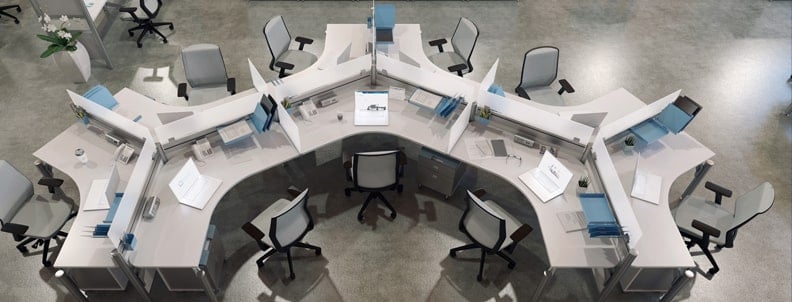
The contemporary workplace is undergoing a profound transformation, not just in terms of technology or management styles, but in recognizing and supporting mental health. This change reflects an understanding that employee well-being directly impacts productivity, creativity, and overall business success. Integrating mental health support into the workplace isn’t just a moral obligation—it’s a strategic investment.
The Impact of Office Design on Mental Health
A key aspect of supporting mental health at work is the physical office environment. Modern office furniture that promotes comfort and reduces stress can play a significant role. For instance, ergonomic chairs and height-adjustable desks cater to physical well-being, which is intrinsically linked to mental health. Additionally, the inclusion of plants and natural elements in office design, known as biophilic design, has been shown to reduce stress and enhance employee well-being.
Example 1: Focus on Mindful Spaces
The introduction of ‘mindful spaces’ – areas designed for relaxation and meditation – can make a significant difference. Employees would have access to rooms with soft lighting, comfortable seating, and noise-cancelling features, providing a sanctuary for mental rejuvenation during the workday. This initiative would reduce stress levels and higher overall job satisfaction among employees.
Example 2: Redefine Breaks
In a mostly sedentary office? Take a unique approach to breaks by encouraging movement and physical activity. Introduce ‘Active Break Zones’ in the office, adding a treadmill, or yoga mats. You could also encourage employees to engage in short bursts of physical activity during breaks like a brisk walk outside. Active breaks not only revitalize employees physically but also clear minds, leading to increased positivity, creativity and productivity in work.

The modern workplace is not just a physical location but a space that can nurture the mental well-being of your team. By incorporating mental health-friendly design and furniture, organizations can create an environment that supports their employees’ psychological needs. In doing so, they not only foster a healthier workforce but also build a more resilient, innovative, and productive business.




